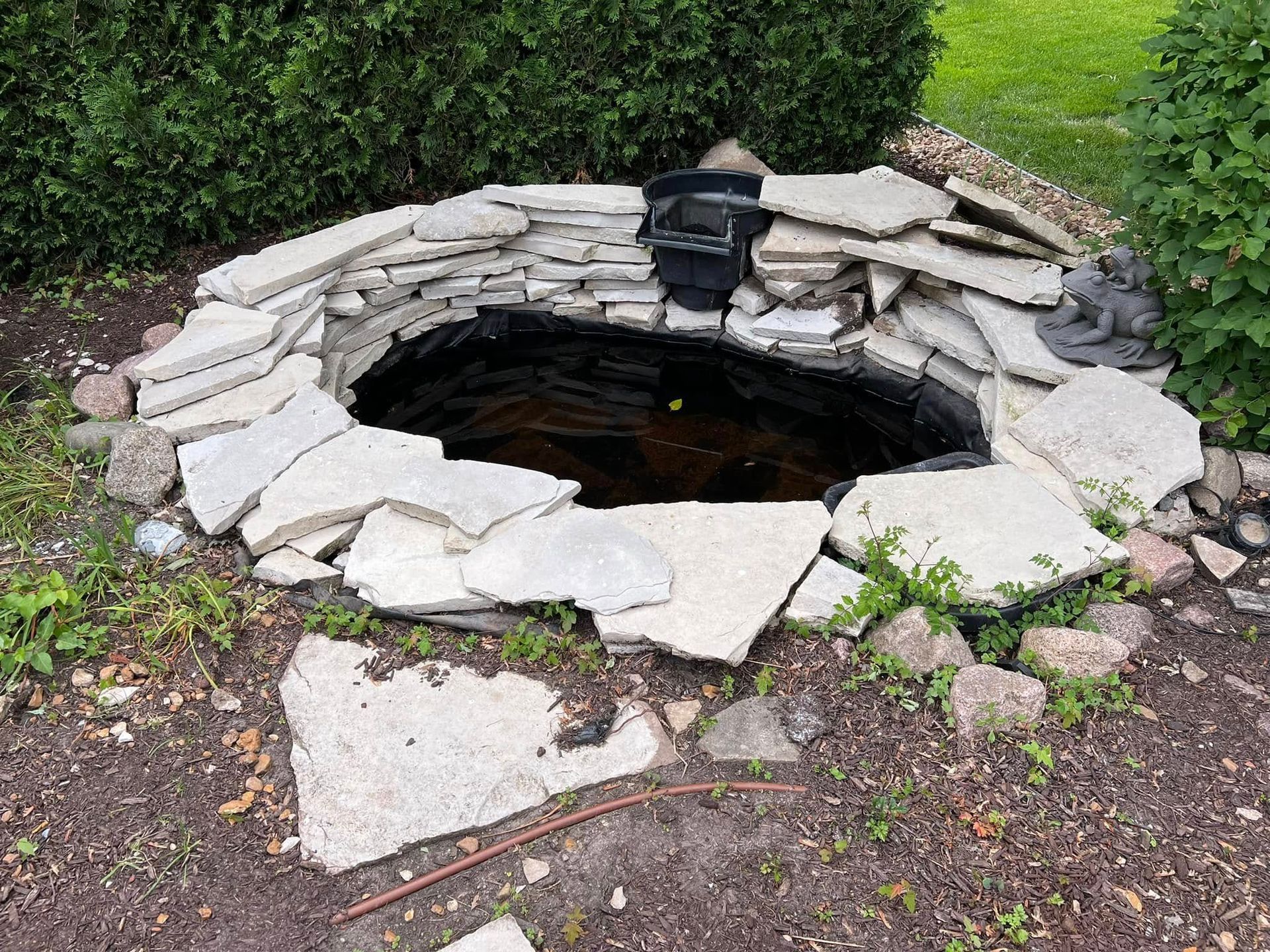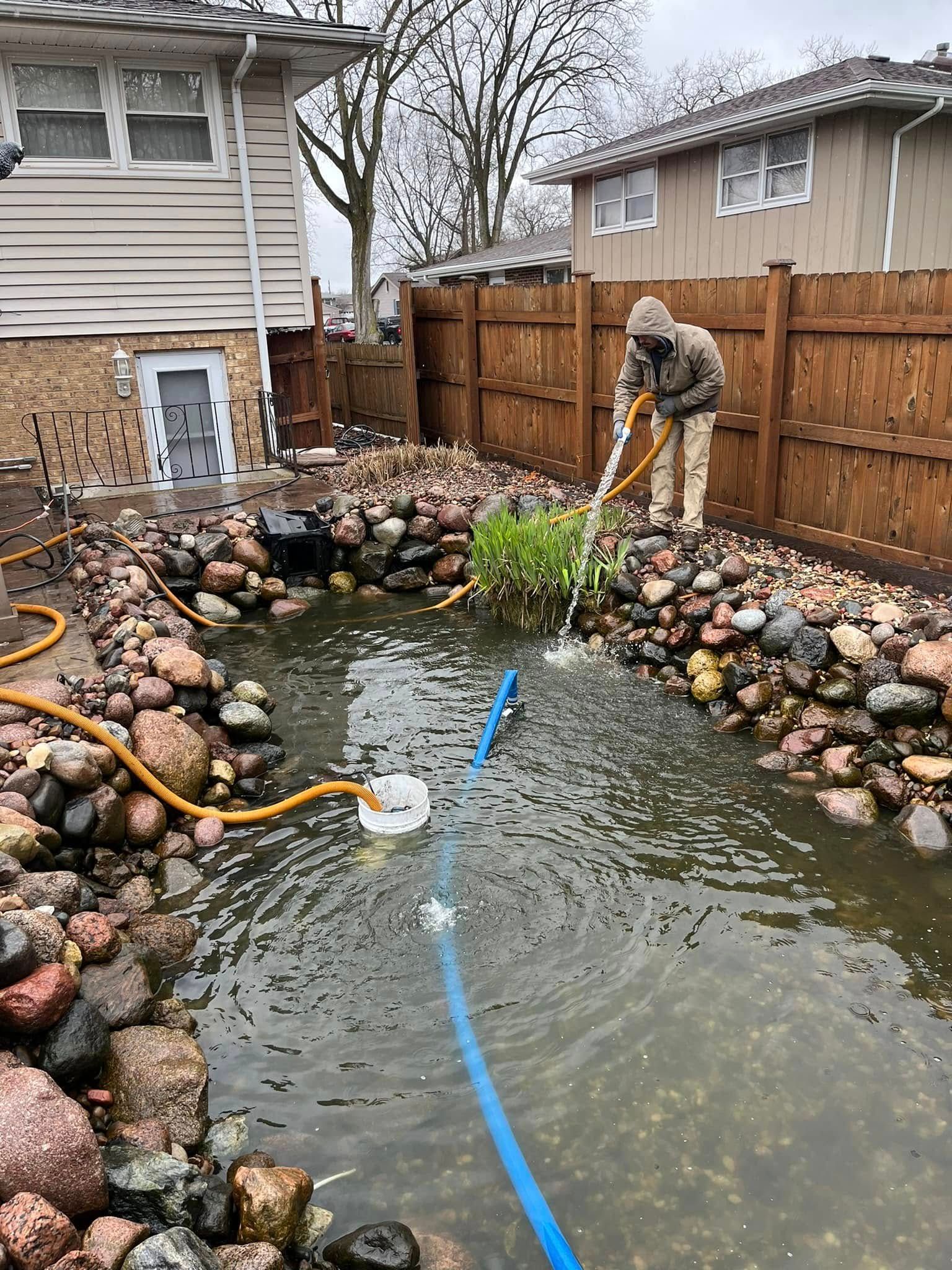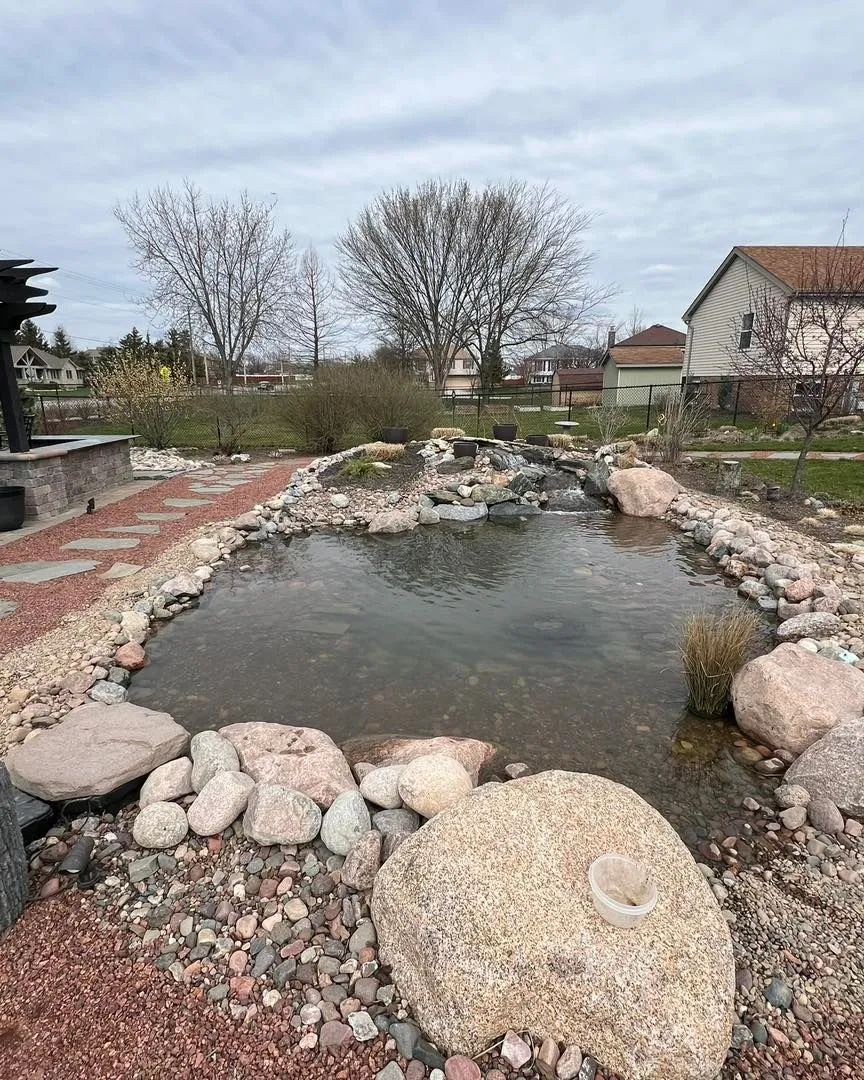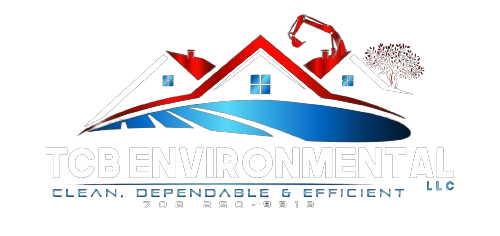10 Common Myths About Your Pond CORRECTED! | Prepare for Spring with Pond Universe
August 12, 2025
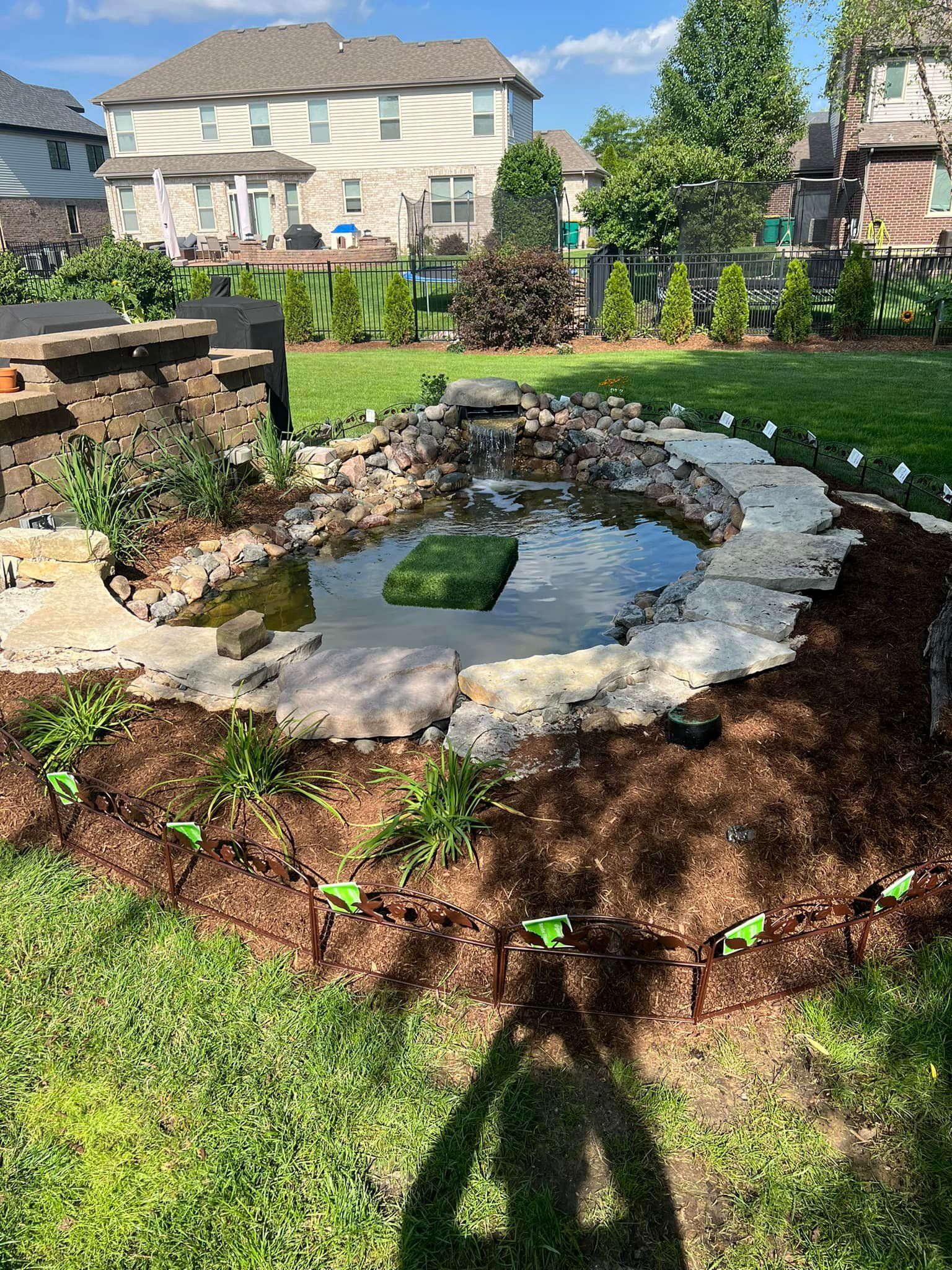
Backyard ponds are stunning focal points and vital ecosystems that enrich outdoor spaces. However, as spring approaches, misinformation and misconceptions often guide pond care practices, leading to avoidable mistakes. Whether you’re a new pond owner or a seasoned hobbyist, separating myth from fact is essential for healthy water, thriving plants, and vibrant aquatic life. Many homeowners rely on outdated advice or incorrect assumptions that can harm their pond’s balance. This blog corrects ten of the most common myths about pond maintenance, helping you prepare your landscape for spring the right way—with clarity, confidence, and proven knowledge.
1. Myth: Clear Water Equals a Healthy Pond
Crystal-clear water may look appealing, but it isn’t always a sign of balance. A pond can be chemically unstable even when clear. Conversely, slight discoloration can be normal, especially in naturally balanced ecosystems. Regular testing is the real indicator of health.
2. Myth: You Need to Drain Your Pond Every Spring
Draining a pond entirely can disrupt beneficial bacteria and stress aquatic life. Instead of draining, clean excess debris, trim plants, and perform partial water changes to preserve established biological systems while preparing the pond for seasonal changes.
3. Myth: Algae Is Always Bad
Not all algae are harmful. A small amount contributes to oxygen production and provides food for aquatic organisms. The goal is control, not complete elimination. Too much algae is problematic, but small amounts support a balanced environment.
4. Myth: Fish Should Be Fed Year-Round
Fish metabolism slows significantly in cold weather. Feeding them during winter or early spring before water warms up can lead to uneaten food decaying and polluting the pond. Wait until temperatures consistently rise above 50°F before resuming feeding.
5. Myth: Tap Water Is Perfectly Safe
Municipal tap water often contains chlorine and chloramines that are harmful to fish and beneficial bacteria. Always treat new water with a dechlorinator before adding it to your pond to ensure a safe environment for aquatic life.
6. Myth: More Fish Means a Better Pond
Overstocking your pond leads to increased waste, oxygen depletion, and algae blooms. A balanced ratio of fish to water volume ensures healthy conditions. Choose your stock size carefully to avoid overcrowding and maintain optimal water quality.
7. Myth: Plants Are Just Decorative
Aquatic plants are functional as well as beautiful. They absorb excess nutrients, shade the water to reduce algae growth, and provide oxygen and shelter for fish. A well-planted pond stays more balanced and requires less chemical intervention.
8. Myth: Pond Maintenance Ends in Summer
Pond care is a year-round responsibility. Each season presents unique challenges, from fall debris buildup to spring algae blooms. Continuous, light maintenance prevents the need for extensive interventions later in the year.
9. Myth: Filters Don’t Need Cleaning
While biological filters should not be overcleaned, neglecting them completely leads to clogs and reduced efficiency. Regular inspections and gentle cleaning preserve the beneficial bacteria while maintaining proper water flow and filtration.
10. Myth: Bigger Pumps Are Always Better
Oversized pumps may disrupt the pond’s ecosystem by stirring sediment or overpowering biological filters. Pumps should be chosen based on pond size and function to maintain a healthy circulation rate without overwhelming the system.
About the Company
TCB Environmental LLC
is a leading landscaping company based in Peotone, Illinois, with over 18
years of experience.
Specializing in pond maintenance, repair, and seasonal preparation, they help homeowners debunk common pond myths and achieve balanced, thriving water features that remain beautiful and functional throughout the year.
